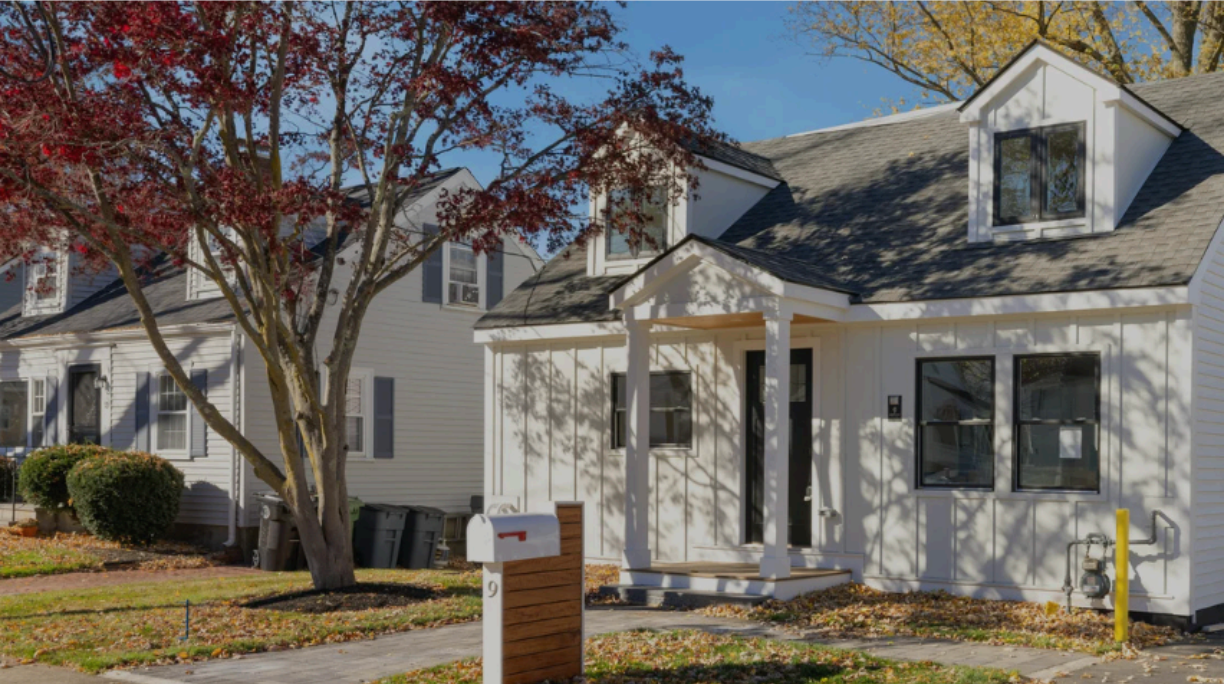Canadian Home Sales Continue Their Momentum To Start 2021
In January, Canadian home sales increased 2.0% month-on-month, building on December's 7.0% gain. On a year-on-year basis, they were up 35.2%.
Provincially, sales were up in 8 of 10 provinces in January, with strong gains recorded in PEI (+20.5% m/m) and Alberta (+11.9%). On the flipside, a relatively steep decline was recorded in Nova Scotia (-8.3%).
New listings dropped by 13.5% m/m in January. The combination of rising sales and falling new listings brought the months supply of inventory measure to under 1.9 months.
The national sales-to-new listings ratio also increased to 90.7% – its highest level by far. Every province was in sellers' territory in December, and many of those in the eastern part of Canada had ratios over 100% (Quebec: 128.3%; New Brunswick: 116.0%; Nova Scotia: 114.3% and PEI:101.5%). This means that there were more sales than new units listed last month in these provinces. This is a rare situation, but has occurred before in the Atlantic Provinces. However, January marked a first on this front in Quebec. Elsewhere, ratios were particularly elevated in Manitoba (86.1%) and Ontario (88.6).
Strong demand and historically tight conditions were reflected in prices. Indeed, Canadian average home prices surged by 4.7% m/m in January. On a year-on-year basis, they were up 22.8%, marking an acceleration from December. However, prices were up in 8 of 10 provinces during the month, with the largest gains occurring in Alberta (+8.1%) and Ontario (7.4%).
Compared with the average sales price, the MLS home price index, a more "like for like" measure, increased 2.0% m/m. Single family home prices rose 2.6% m/m (and a robust 17.4% y/y), whereas apartment prices advanced by a smaller 0.2% m/m (and decelerated to 3.3% y/y). In Toronto, apartment prices increased 0.4% m/m, the first gain in 4 months.
Key Implications
Home sales picked up right where they left off to start 2021. Demand was likely given a lift by ultra-low mortgage rates, which dropped again during the month. January's robust gain coupled with a strong handoff into this year virtually ensures that sales will increase in the first quarter. However, with sales likely running above fundamentally-supported levels, we think some cooling in activity will take place, especially in the second half. A dwindling supply of inventories, when benchmarked against the current sales pace, could also weigh on activity moving forward.
With today's data showing a solid gain in prices last month and new supply collapsing across nearly the entire country, markets were historically tight. This points to further strong price gains ahead in the near-term.
Also notable was that benchmark condo prices grew for the first time in several months in Toronto. Although supply remains elevated, conditions are becoming tighter than what we saw last fall. This suggests that further gains are in store.
Source: https://economics.td.com/ca-existing-home-sales





